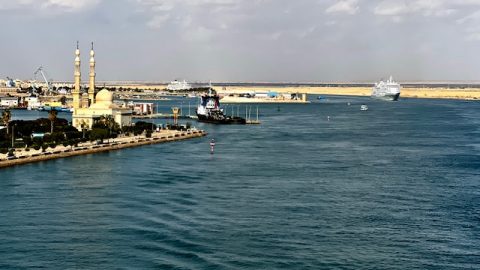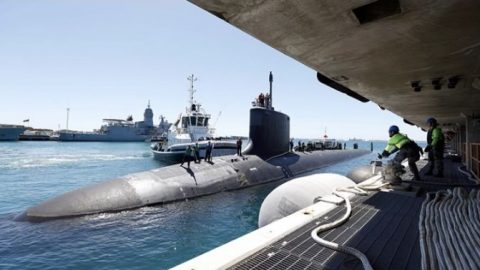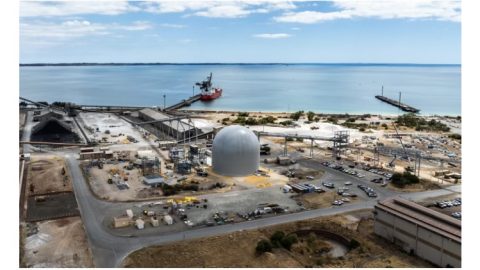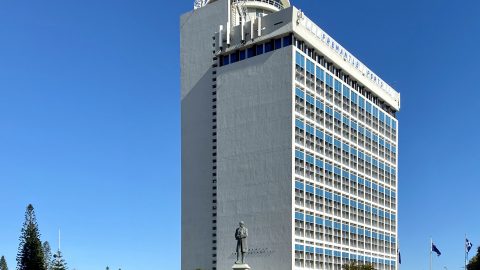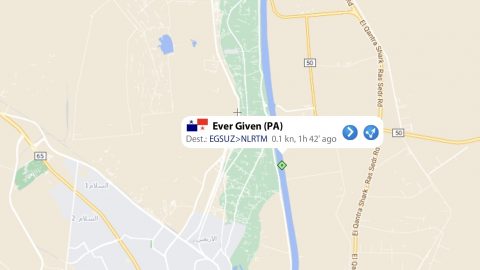
M/V Parsifal in Fremantle Port – photo by Maria Wilson
M/V Parsifal is one of the new generation of RO/RO vessels for Wallenius Wilhelmsen Logistics Round the World Liner Service, designed for efficient transportation and handling of High and Heavy rolling cargo,
Non Containerised Cargo (NCC) Breakbulk, Special Project Cargo and cars.
Major design objectives are optimum hull shape designed for low resistance, good transport economy, efficient and safe cargo handling and low environmental impact.
The vessel is built to the notation of Det Norske Veritas +1A1, General Cargo Carrier / RO/RO, MCDK, EO, TMON, PWDK, PET.
| Length overall | 265m |
| Length between perpendiculars | 250m |
| Beam, molded | 32.26m |
| Max height | 53.7m |
| Height to upperdeck | 33.22m |
| Draft, design/max | 11.0/12.3m |
| Deadweight at max draft | 41554 t |
| Gross Tonnage | 74,622 |
| Net Tonnage | 27.215 |
| Stern ramp width | 12m |
| Stern opening height | 7.1m |
| Stern ramp capacity | 505 t |
| Number of car decks | 9(of which 3 are movable) |
| Capacity deck area | 50,344m2 |
| Capacity deck area for High and Heavy | 31,204m2 |
| Capacity of car units | ~6000 |
| Engine | KAWASAKI/MAN B&W 7L7OME-C8 |
| Built | 2011, MITSUBISHI HEAVY INDUSTRIES, LTD Nagasaki, Japan |
| Call sign | 9V9111 |
| IMO Number | 9515395 |
| Flag | Singapore |
| Owner | Wallenius Lines |
| Operator | Wallenius Wilhelmsen Logistics |
Environmental intiatives
The hull lines are optimised to give minimum resistance in calm water and waves. Extensive hull optimisation and model tank tests have been undertaken to ensure good performance over a range of draughts reflecting the most frequently used loading conditions. To further reduce the resistance the vessel has been equipped with a rudder bulb and a duck tail.
A steam turbo generator system is installed and estimated to cut the total annual fuel by 5-6%. CO2, DOX and emissions of particles (PM) will fall proportionally; and NOX emissions by about 3%.
A PureBallast water ballast treatment system is installed with a capacity of 1000 m3/hour fulfilling the IMO’s “Convention on Ballast Water Treatment”.
A bilge water separation system of 5ppm ensures minimum emissions to the sea.
Systems and equipment have been designed to minimise energy consumption. Examples include a chilled water air conditioning system, extra insulation in the accomodation block, duel speed water ballast pumps and several separate light zones in the cargo hold.
The vessel is built to the voluntary class notation CLEAN and delivered with a CLEAN PASSPORT, an inventory of all materials potentially hazardous to human health or the environment, used in the construction of the ship.

